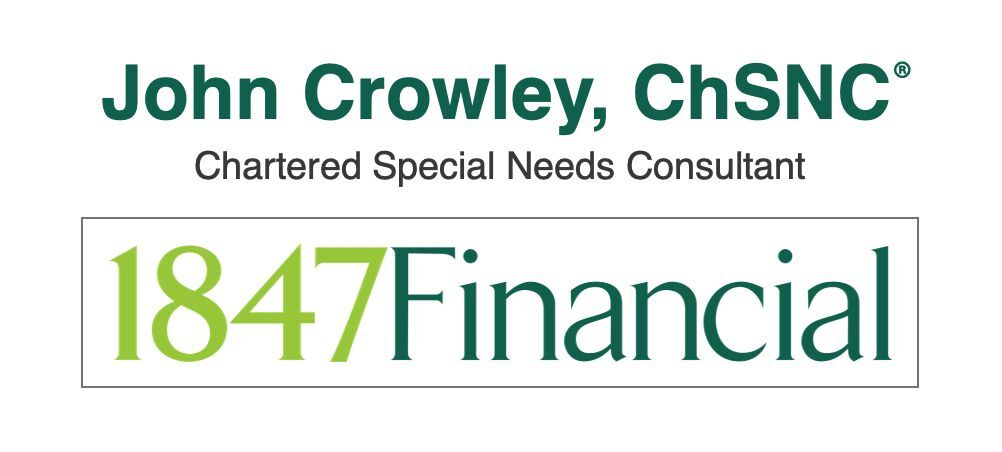The Basics of Down Syndrome
What Is Down Syndrome?
Down syndrome is a chromosomal condition that occurs when a person is born with three copies of chromosome 21 instead of two. This “extra” full or partial copy of chromosome 21 changes the course of development during pregnancy and can result in a person having a degree of different physical and mental abilities. Low muscle tone, small stature, an upward slant to the eyes, a single deep crease across the center of the palm, a big gap between the big and first toe, heart anomalies, gastrointestinal abnormalities, thyroid disorders, developmental delays, learning difficulties, hearing and/or vision difficulties, are some of the common characteristics of Down syndrome. However, each person with Down syndrome is unique and may have only some of these traits with differing levels of severity.
What Causes Down Syndrome?
Why some babies have this extra chromosome is unknown, but it is not caused by race, nationality, socioeconomic status, or anything the mother or father did before or during pregnancy. Down syndrome is the most common chromosomal condition and is also known as Trisomy 21. In the United States, 1 in every 700 babies is born with Down syndrome, which is about 6,000 babies a year. In Utah, 80 to 100 babies are born each year with Down syndrome. While there are no medicines or therapies that can “cure” Down syndrome, the American Academy of Pediatrics states that, “Medical management, home environment, early intervention, education, and vocational training can significantly affect the level of functioning of children and adolescents with Down syndrome and facilitate their transition to adulthood."
Different Types of Down Syndrome
There are three different types of Down syndrome: (1) Trisomy 21 accounts for 95 percent of those with Down syndrome. This type of Down syndrome occurs when every cell in an individual’s body has an extra chromosome, (2) Translocation accounts for three to four percent of those with Down syndrome. This type of Down syndrome occurs when a person has an additional chromosome attached to another chromosome, and (3) Mosaic accounts for one percent of those with Down syndrome. This type of Down syndrome occurs when a person has an extra chromosome in some cells, but not in others. (National Down Syndrome Congress)









